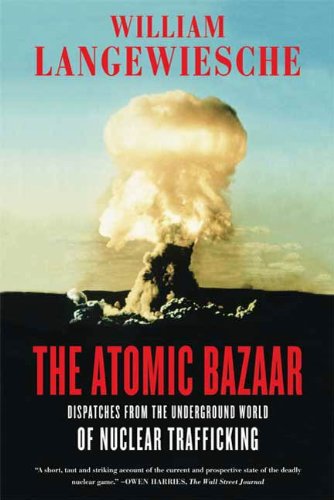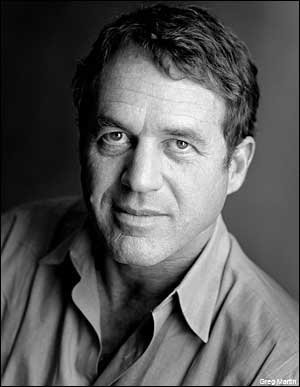What do you think?
Rate this book


192 pages, Kindle Edition
First published July 17, 2003

In this sobering report, William Langewiesche (formerly at The Atlantic Monthly and now at Vanity Fair) asserts that there is no way to prevent Third World countries from obtaining nuclear weapons. We can only "accept the equalities of a maturing world in which many countries have acquired atomic bombs, and some may use them," he claims. Critics praised Langewiesche's concise, clearheaded prose and rigorous investigation techniques. However, they were disappointed that the previously published articles comprising the book had not been more thoroughly reworked into a fluid narrative, which results in an awkward structure, clumsy transitions, and multiple repetitions. A few also questioned his choice to end the book with a chapter on Mark Hibbs, a journalist covering the nuclear industry. Although The Atomic Bazaar is not a perfect book, critics agreed that it is an extremely important one.
This is an excerpt from a review published in Bookmarks magazine.